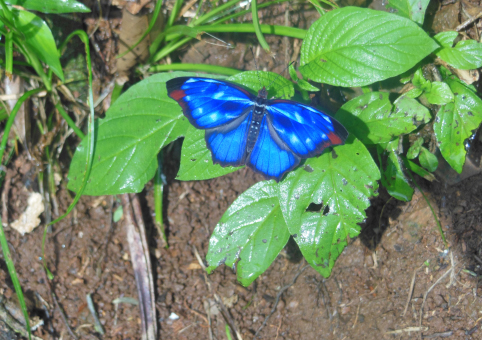Journey Impressions: Foz do Iguacu
 Loading. Please wait...
Loading. Please wait...
Blue-winged creature



Blue-winged creature

Cataratas

Cataratas take two

Cataratas take three

Cataratas take four

Cataratas take five

Kurt and Thomas aboard the boat

Pilot getting a shower

Before the boat trip

Also before the boat trip

Just like home

A whole row of hammocks

Belmond Iguazu

Belmond Cataratas

A piranha fish soup please!

Family of mongoose having breakfast

Hotel pool

Heavy traffic

Message from the laundry

Argentine jungle

The Devil’s Throat

Hold on tight

The Devil’s Throat take two

On red alert

In great spirits

Cinnamon beech

13,000 MW hydroelectric power

Dam

Water turbine downpipes

Overflow

On the dam wall
